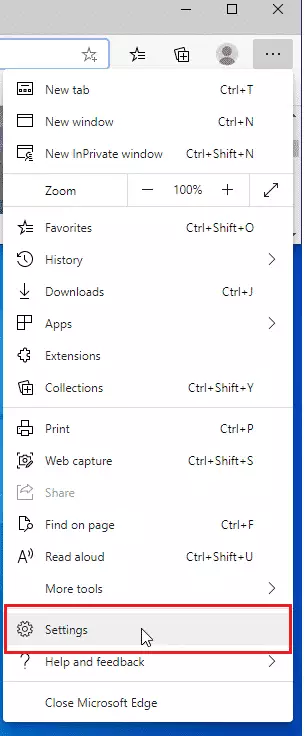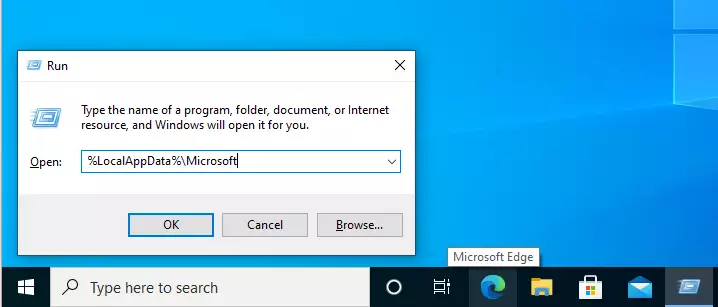This brief tutorial shows students and new users how to completely reset the Microsoft Edge browser to its default settings in Windows 10.
The new Microsoft Edge browser has adopted the Chromium open-source project code base, offering better web compatibility and performance over the legacy Edge.
Edge browser is a cross-platform which supports all Windows, macOS, and Linux systems.
Once in a while, the Edge browser will stop working correctly. This can occur because of browser settings changes, new extensions, profile settings, browsing data, etc. If your Edge browser behaves this way and can’t resolve the issues, resetting it to its default settings is best.
When you reset Edge, it will reset all settings to their default and delete all profiles, favorites, and extensions.
To get started with resetting Edge, follow the steps below:
Reset settings in Edge
Microsoft Edge has a built-in reset tool to reset your startup page, new tab page, search engine, and pinned tabs. It will also turn off all extensions and precise temporary data like cookies. Your favorites, history, and saved passwords will not be cleared.
You might want to do this before completely resetting Edge to default values.
To reset settings in Edge, open Microsoft Edge and click the 3 horizontal dots ( … ) at the top right corner of your screen, as shown in the image below.

When the Settings page opens, click on Reset settings on the left side, and click on Restore settings to their default values on the right side.

This will bring up a confirmation page asking if you want to reset and that resetting will make some changes, including disabling all extensions and clearing temporary data like cookies.

Click Reset to complete the process.
Completely Reset Edge
If the above steps don’t work for you or you simply want just to blow out Edge browser’s entire settings and start over, then use the method below.
Closeout Edge browser, then in the search box at the bottom left, type in the commands below:
%LocalAppData%\Microsoft

Or use the Run app and paste the command above, then press Enter to open your profile path.

This will open the Microsoft folder in your profile.
C:\Users\<username>\AppData\Local\Microsoft
When the folder opens, delete the Edge folder, as shown below.

During this will completely delete all data and start over with Edge.

That’s it!
Conclusion:
- Resetting Microsoft Edge can resolve performance issues and restore its functionality.
- Use the built-in reset tool for minor fixes, which preserves favorites, history, and passwords.
- For a complete reset, deleting the Edge folder removes all data associated with the browser.
- Always consider backing up important data before proceeding with a complete reset.
- Enjoy a fresh start with Microsoft Edge, optimizing your browsing experience.

Leave a Reply